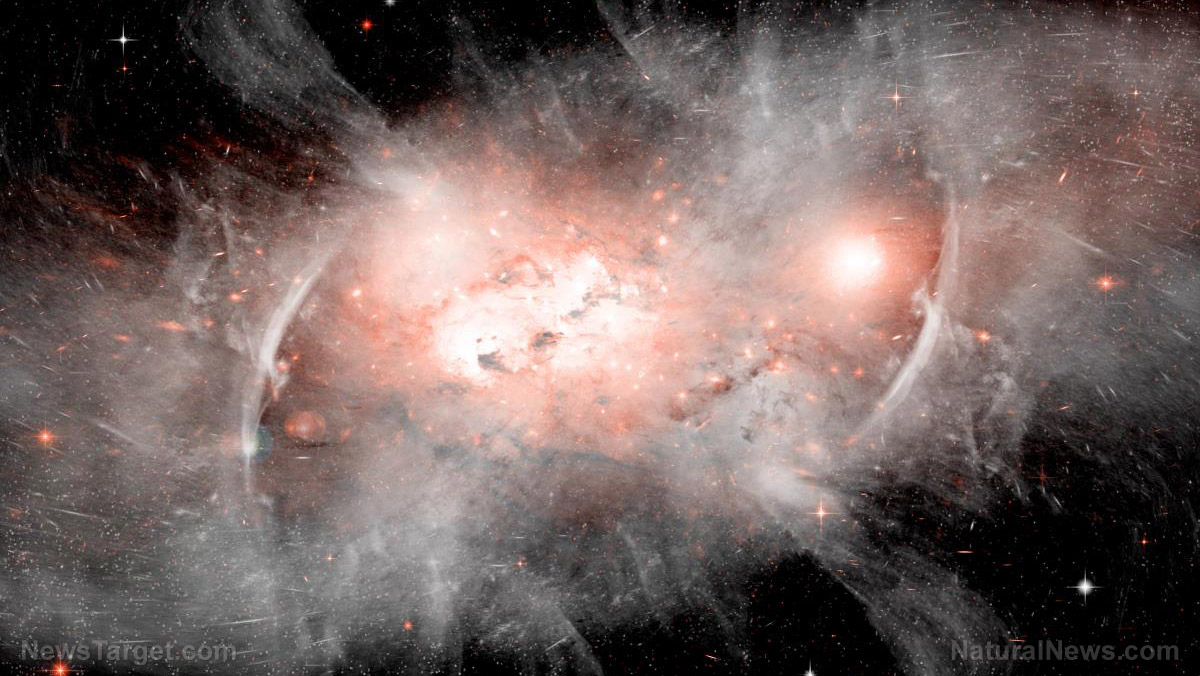
What are fireballs and why are they so bright?
According to the American Meteor Society (AMS), a fireball is an extremely bright meteor that radiates light equal to or greater than that of Venus in the night sky. It burns so brightly because of its size and speed. As a fireball enters Earth's atmosphere, it slows down due to friction and heats up, releasing energy in the form of visible light. The biggest and brightest fireballs, such as last Saturday's bolide, can be seen during the day. They also often create a sonic boom before breaking apart because they enter the atmosphere traveling faster than the speed of sound, which is about 761 miles per hour (mph). While thousands of meteors of fireball magnitude hit the Earth everyday, daytime fireballs are rare. According to AMS, a fireball that's brighter than Venus usually appears once every 200 hours of meteor observing. Meanwhile, dimmer fireballs often make their way to the planet every 20 hours or so. Most fireballs go unnoticed because they are not bright enough to be seen during the daytime. Additionally, they occur over the ocean and other uninhabited areas during the night.Large meteors cause disastrous meteorite impacts
On Friday, March 19, a fireball reportedly exploded over Cuba in the middle of the night. Cuban authorities said that satellites registered the flash as a possible bolt of lightning but the sky was clear at the time. Scientists later said that a small space rock likely broke apart as it hit the atmosphere, causing the bright explosion. Last February, a large nighttime fireball brightened the sky over the U.K. It was seen as far as the Netherlands and was reported to have generated a sonic boom. Experts estimate that the meteor was traveling at around 30,000 mph when it entered the atmosphere. (Related: Rare fireball illuminates the night sky in China.) Sonic booms usually indicate that a meteor was large enough to survive the extreme trek through the sky and land on the planet as a meteorite. After the February fireball, for instance, a family in southwest England found a meteorite on their driveway. "Normally when you hear that, it's a good sign that you have got rocks that have made it to the surface," said Ashley King from the UK Fireball Alliance (UKFall), a group of experts on the hunt for meteorites. "It's incredibly exciting and I'm a bit stunned," King added, referring to last Saturday's meteor.Japan PM: Dumping radioactive Fukushima water into the ocean is “unavoidable”
By Virgilio Marin // Share
Ukraine-Russia conflict heralds the coming of Jewish Messiah, say Jewish religious scholars
By Arsenio Toledo // Share
By Virgilio Marin // Share
Survival 101: How to protect yourself against chemical weapons without survival gear
By Arsenio Toledo // Share
New satellite will test whether magnets can be used to collect space debris
By Arsenio Toledo // Share
A viral video ignites federal firestorm over Minnesota fraud
By willowt // Share
Russia activates "unstoppable" Poseidon tsunami drone
By kevinhughes // Share
Russian FM Lavrov: Moscow will back China on Taiwan issue
By ramontomeydw // Share
The breakfast clock: Why timing your morning meal is a secret weapon against high cholesterol
By jacobthomas // Share
The Health Ranger's New Year Revolution: The ultimate guide to health, wealth and freedom
By kevinhughes // Share
"Absolute Healing" on BrightU: Experts explore COVID-19 as an engineered bioweapon
By jacobthomas // Share











